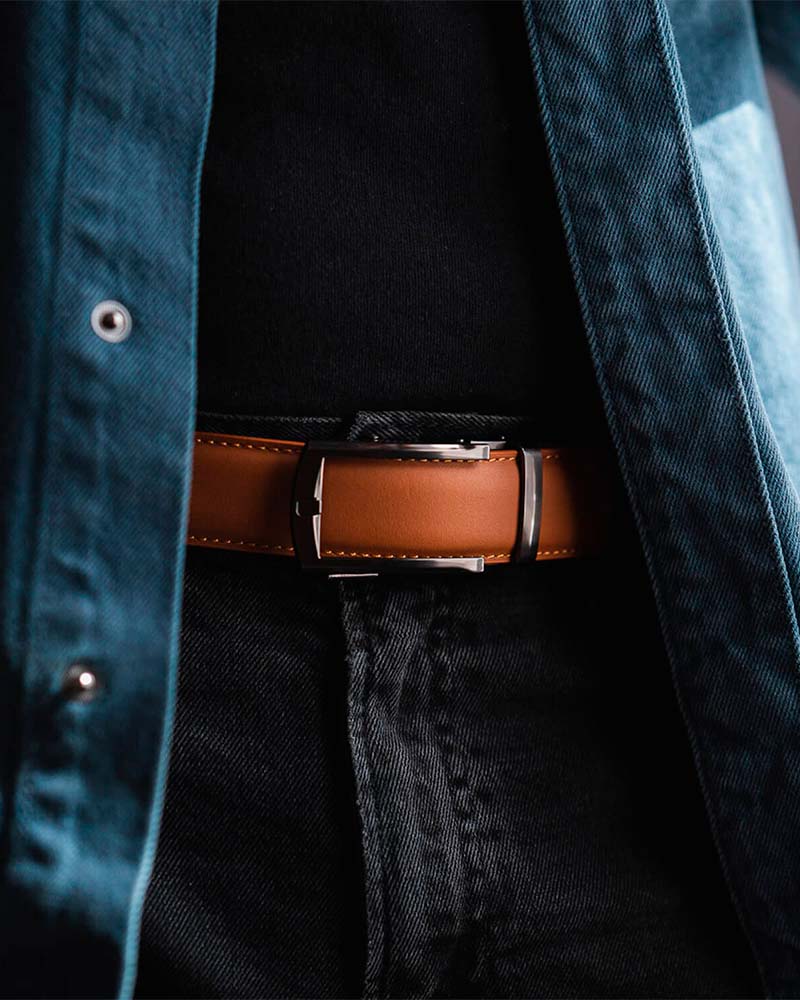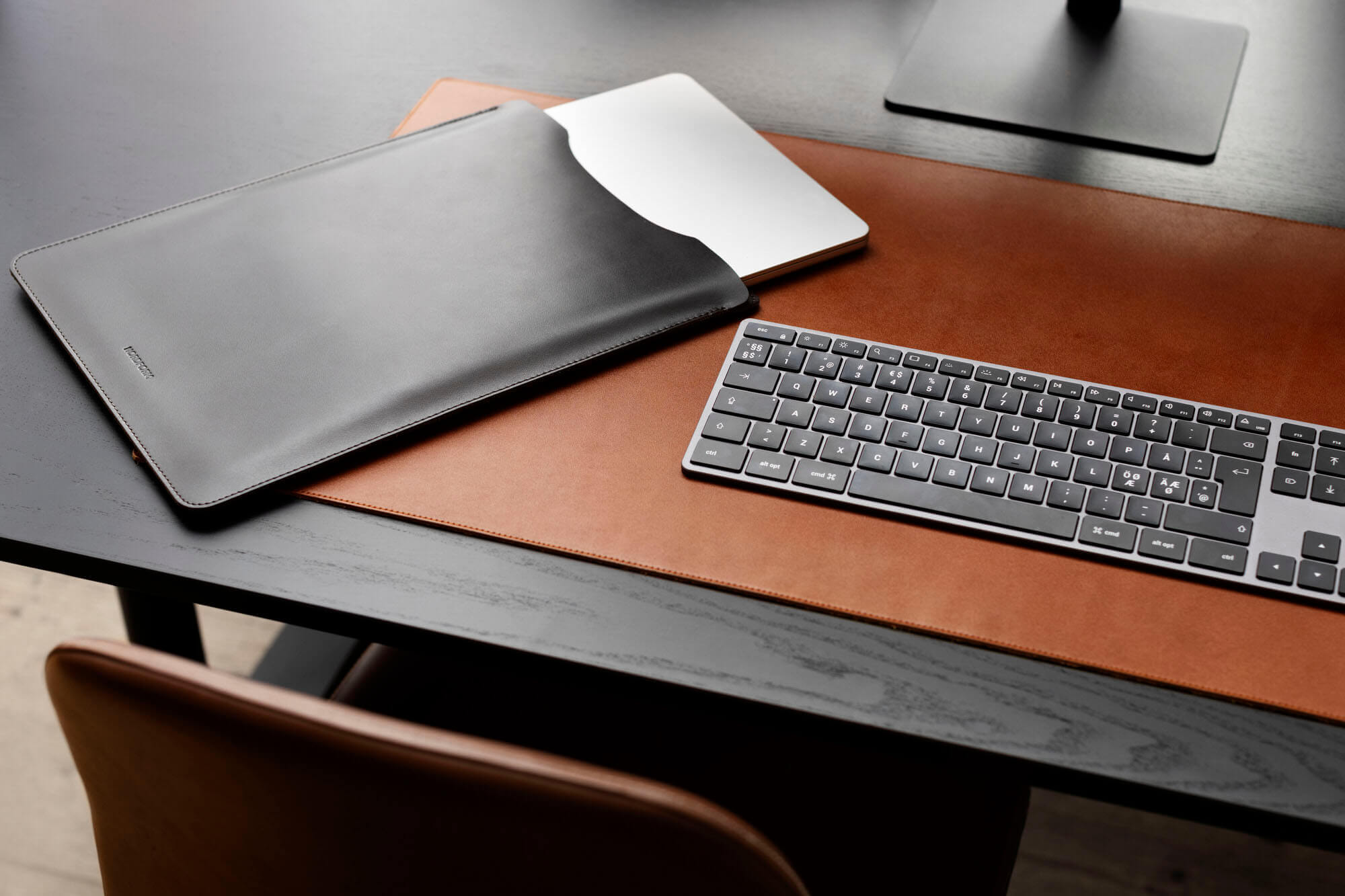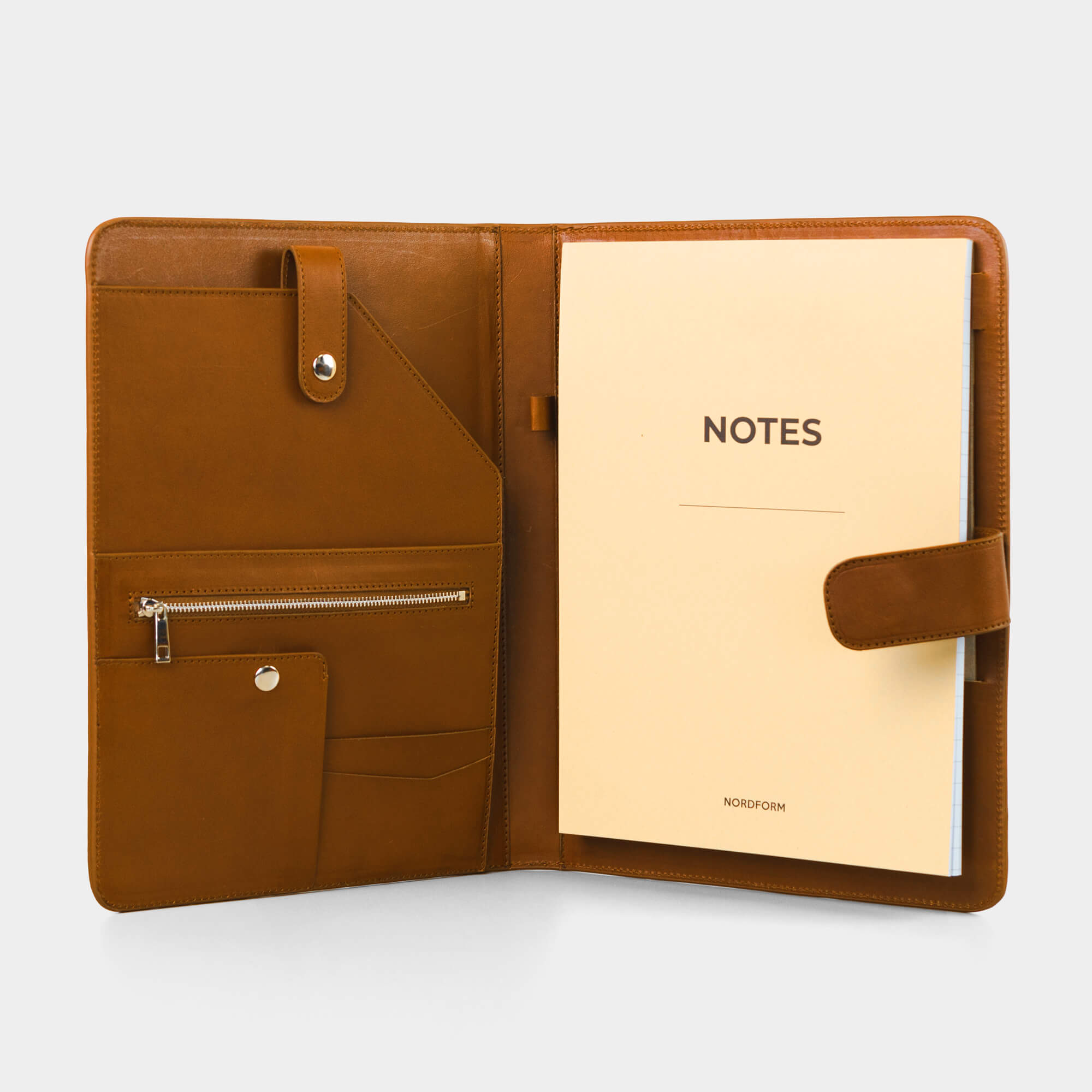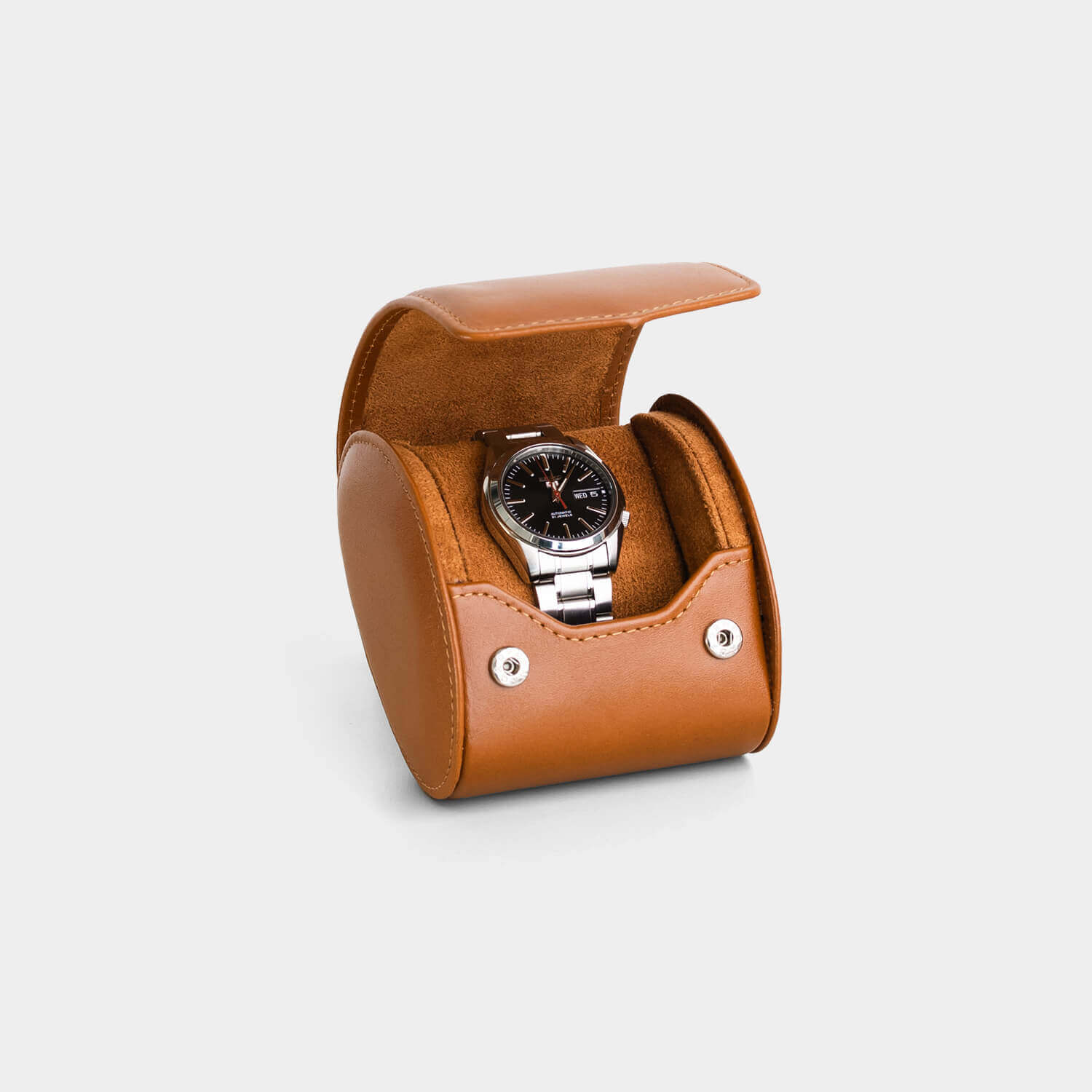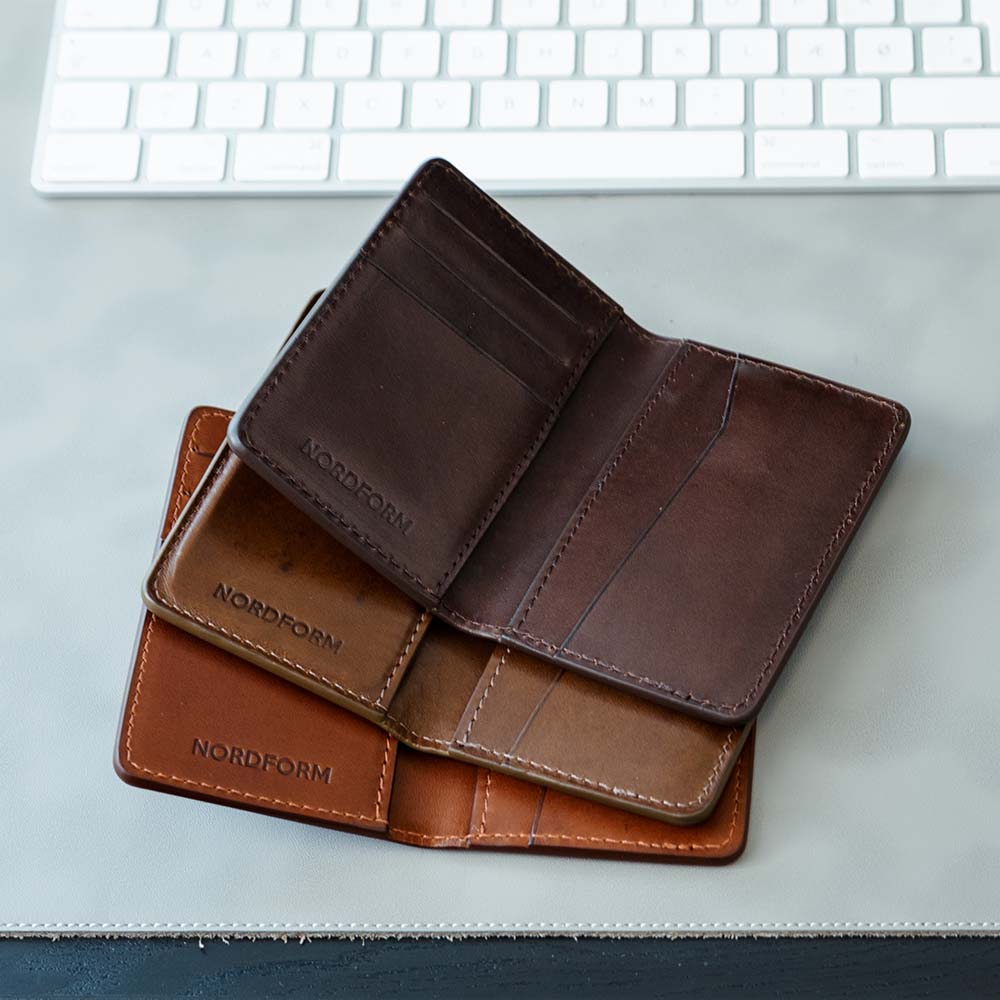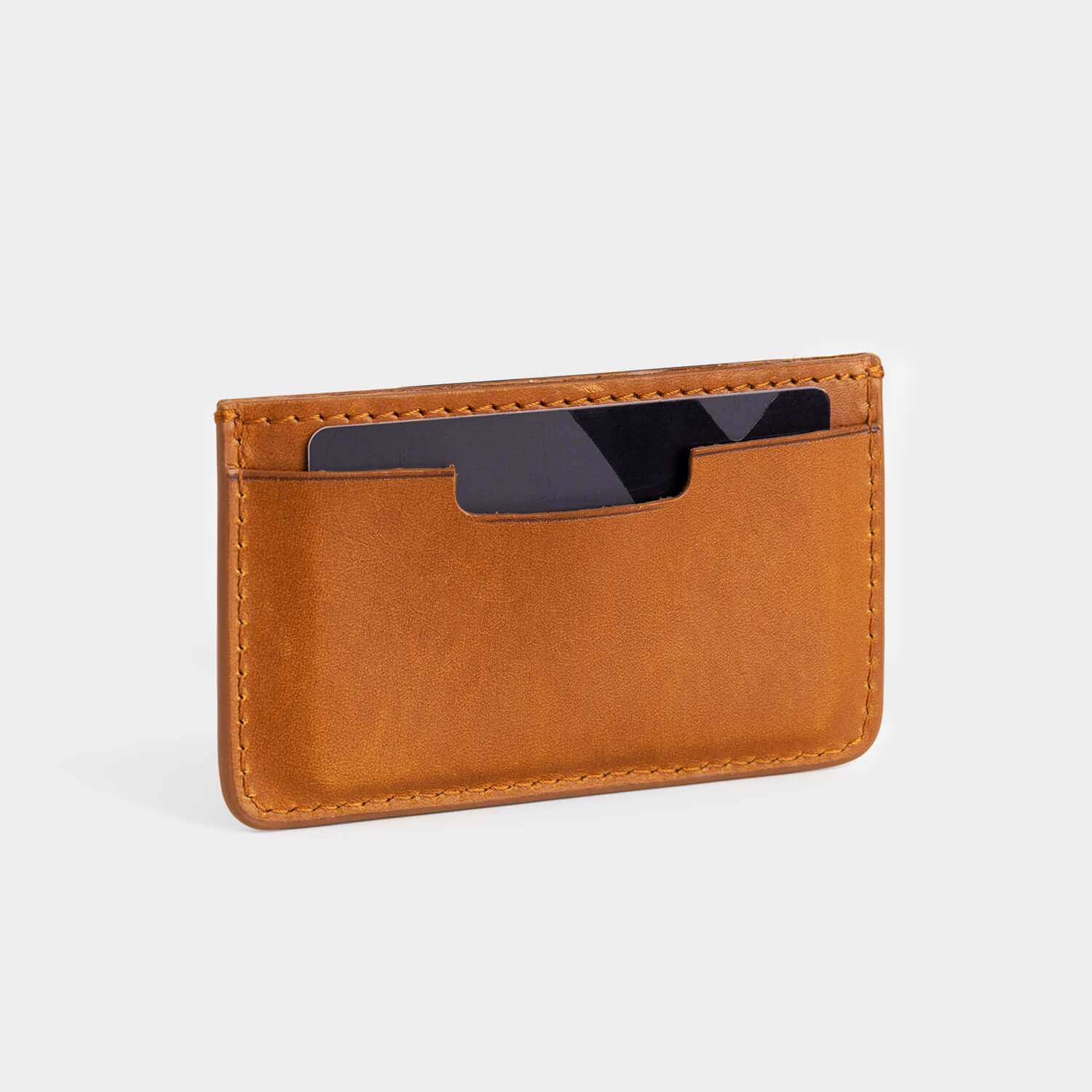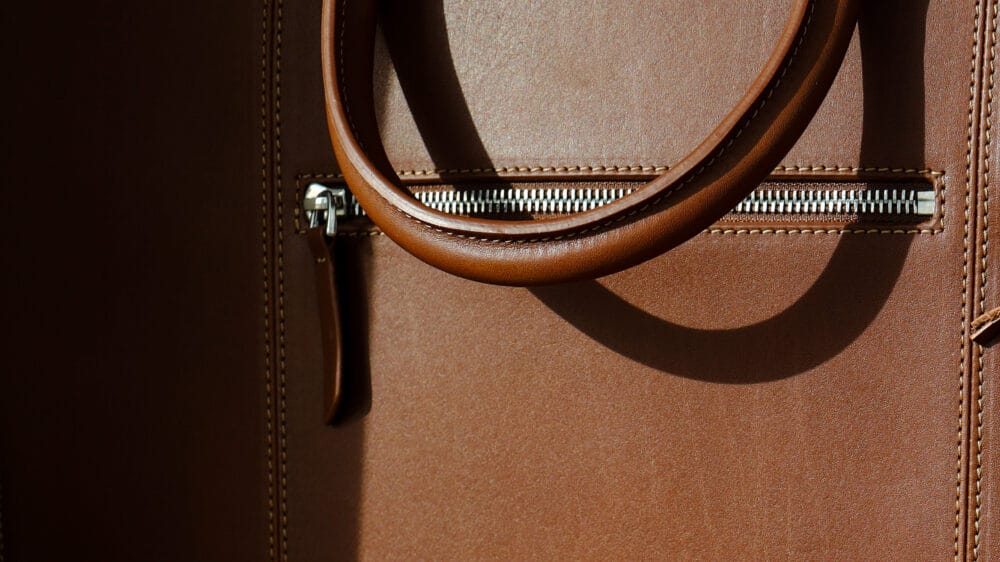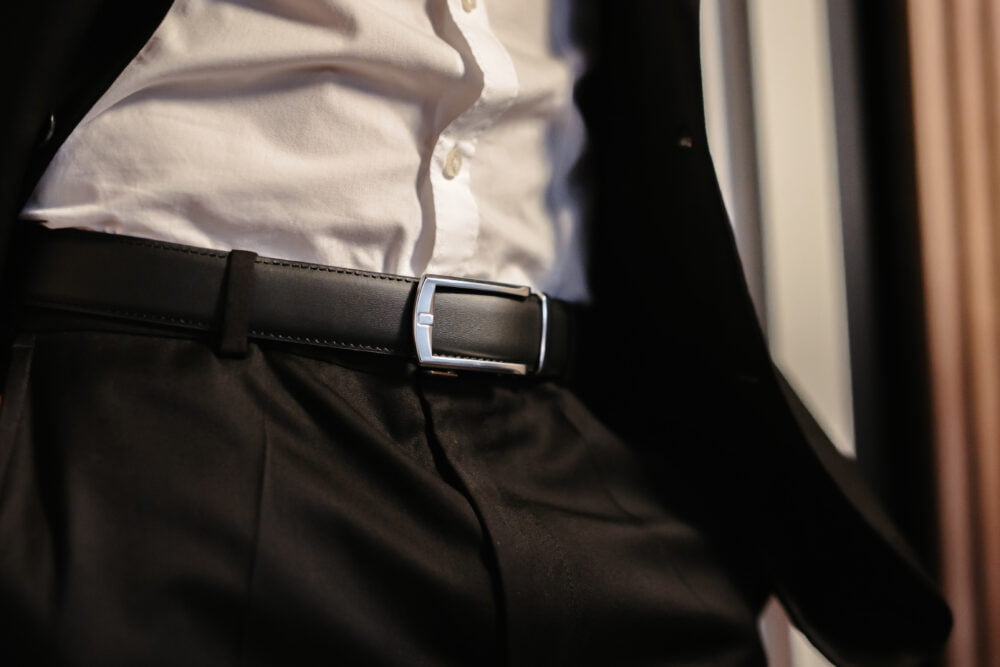How to soften leather? 5 Easy Tips for more Supple Leather
Leather is an incredibly durable material, but it can become stiff over time. If you have a leather jacket, bag, or shoes that have become too rigid, there are several methods to soften them.
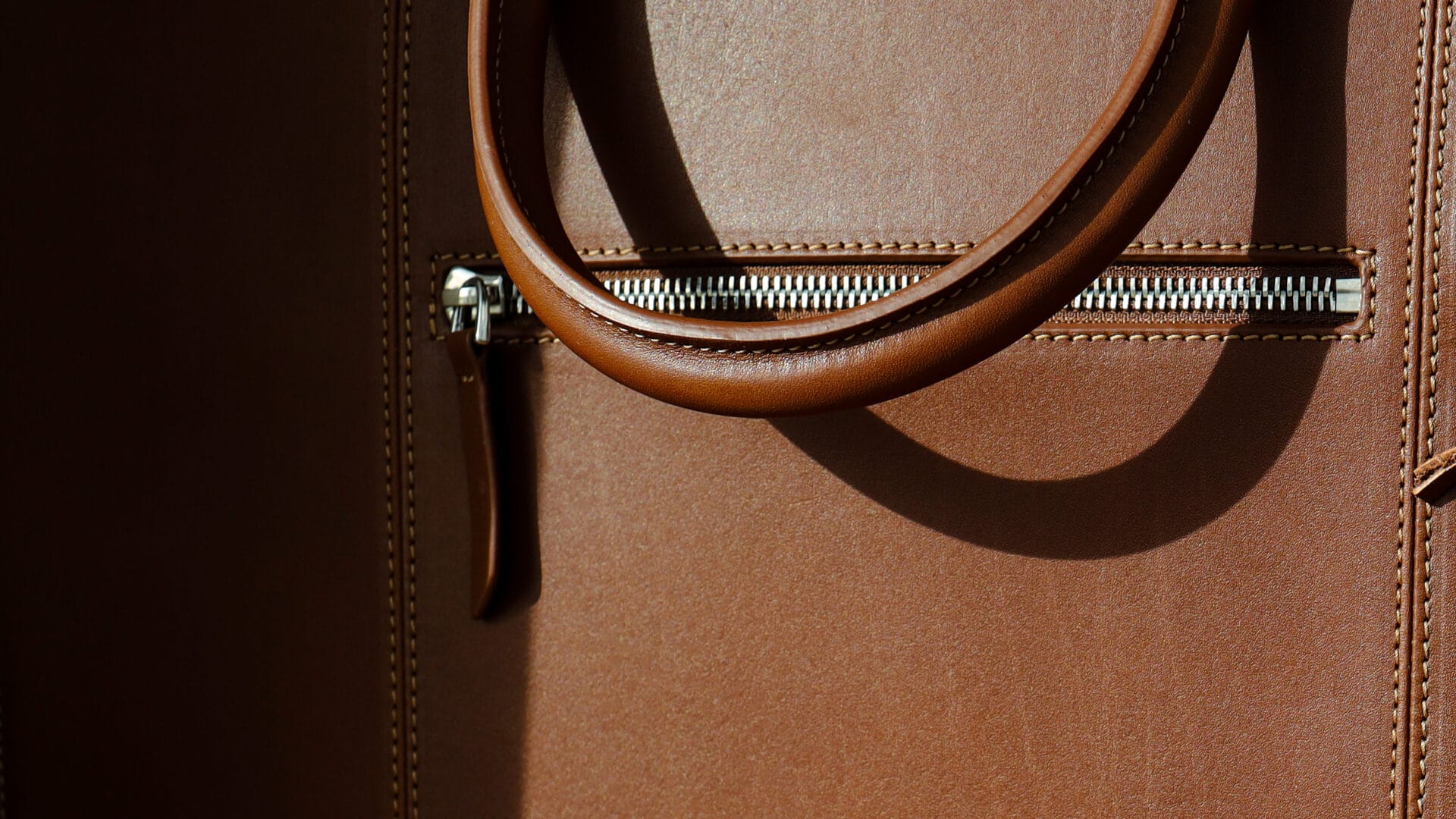
Different Types of Leather
Before diving into the process of softening leather, it’s important to understand that different types of leather vary in their natural stiffness. Here are some of the most common types:
Full-grain leather: This is the highest quality leather and also the most durable. It’s often quite stiff initially but softens with use and develops a beautiful patina.
Top-grain leather: A bit more processed than full-grain but still high quality. It may be stiffer than full-grain but easier to soften.
Split leather: Lower quality as it’s the innermost part of the leather. It can be quite stiff and often requires more care to remain supple.
Suede: This is softer and more flexible from the start, but it still needs care to avoid becoming hard or dry over time.
Tanning Methods
Tanning is one of the most important processes affecting leather’s softness and durability. The two most common types are chrome tanning and vegetable tanning.
Vegetable-tanned leather
Vegetable tanning is a traditional and more natural way to treat leather. This method takes longer than other tanning processes, but it results in a material that is soft, flexible, and breathable. Vegetable-tanned leather is ideal for products requiring some flexibility, like bags, wallets, and furniture.
One of the biggest advantages of vegetable-tanned leather is that it becomes softer over time and develops a beautiful patina, making it popular for items that age gracefully.
Chrome-tanned leather
This method is faster and cheaper than vegetable tanning, resulting in a stiffer, more water-resistant leather. Chrome-tanned leather often has a shiny surface, making it popular for shoes, belts, and handbags.
Although chrome-tanned leather is more resistant to moisture, it can tend to remain stiff and may crack over time.

Causes of Stiff Leather
There are several factors that can cause leather to become stiff. Understanding these will help you better care for your leather goods:
Dryness: When leather loses its natural moisture, it becomes dry and stiff. This often happens if the leather is stored in a low-humidity area or exposed to sunlight for extended periods.
Wear and Tear: Over time, leather can wear out and lose its original softness. Areas with repeated bending, in particular, can become stiff.
Improper Storage: If leather is not stored properly, for instance in damp environments, it can get damaged and stiffen. Water can seep into the leather and cause it to harden as it dries.
Lack of Care: Leather requires regular care. Without conditioning creams or other treatments, it can quickly become hard.
Brand-New Leather: Initially, leather can feel stiff and tight. As high-quality leather expands and becomes more flexible over time, it’s normal for items like bags or wallets with pockets to feel a bit tight at first.
How to Soften Leather
There are several ways to soften stiff leather. Some methods require specialized products, while others involve household items. You can always check YouTube for more tips, but here are the most effective ones:
Use Leather Cream
Leather cream is one of the best ways to add moisture to leather. Our own leather cream from Nordform is specially developed to nourish and soften leather products. The cream adds moisture, penetrates the material, and makes it more supple.
The cream is suitable for regular leather, delicate leather, and exotic leathers such as reptile leather. It should not be used on suede, nubuck, or similar materials.
Here’s how you use it:
- Remove dust and dirt from the leather surface.
- Apply a thin layer of leather cream with a clean cloth or soft sponge, spreading it evenly over the surface.
- Let the cream dry for 5 minutes.
- Polish with a clean cloth or brush.
You can use leather cream 4–12 times a year or as needed to keep the leather supple and well-maintained.
@nordformdk Leather creme #nordform #nordformstore #fyp
Use Heat
Another method to soften leather is by applying heat. You can do this with a hairdryer or by placing the leather in a warm spot (but not directly in the sun!). Heat makes the leather more flexible, but be careful not to overheat it, as this can damage the material.
- Gently heat the leather with a hairdryer on low heat.
- Massage the leather gently while heating to help soften it.
After heating, it’s a good idea to apply some leather cream to restore moisture and care to the material.
Apply Oil
Natural oils like coconut oil can also be used to soften leather. However, be very careful not to oversaturate the leather, as this can leave stains that are difficult to remove. Always test the oil on a small, hidden area first.
- Apply a small amount of oil with a soft cloth.
- Let the oil absorb into the leather for a few hours.
- Wipe off any excess oil with a dry cloth.
- Wait overnight before using the leather again.
Professional Care
Leather experts can treat and soften leather using specialized equipment and products that are safe for the material. If you’re unsure how to treat your leather, or if it’s a particularly expensive or delicate item, professional help might be a good idea.
Use the Leather
Initially, leather can feel stiff and a bit tight. Since high-quality leather expands and becomes more flexible over time, the best way to soften new leather is simply by using it regularly. The more you use the leather in your daily life, the faster it will adjust, become more supple, and provide a more comfortable fit.
FAQ
How can I prevent my leather from becoming stiff?
Regular care with a good leather cream is key to keeping leather supple. Also, store the leather properly and away from direct sunlight.
Is there a difference in how you soften different types of leather?
Yes, there is a difference. Full-grain and top-grain leather can typically withstand more intensive treatment, while suede and split leather require more caution. Always use products specifically designed for the type of leather you have. Otherwise, it could negatively affect the durability and appearance of the leather.
How often should I apply leather cream?
It depends on how often you use the leather product and the conditions it’s exposed to. You can apply leather cream 4–12 times a year or as needed to keep the leather supple and well-maintained. A good rule of thumb is to treat it once a month if you use it a lot.
Can I use household oils like olive oil to soften leather?
Yes, but use with caution! Household oils can sometimes leave stains, so it’s best to test on a small area first. However, we strongly recommend using specialized leather care products like our leather cream or leather grease.
What if the leather doesn’t soften after treatment?
Sometimes, leather requires multiple treatments or more time to soften. If you still don’t see results, professional help may be necessary.
It’s important to remember that not all types of leather react the same way to softening treatments. Try different methods and products, and don’t hesitate to adjust your approach to suit your specific leather item.



